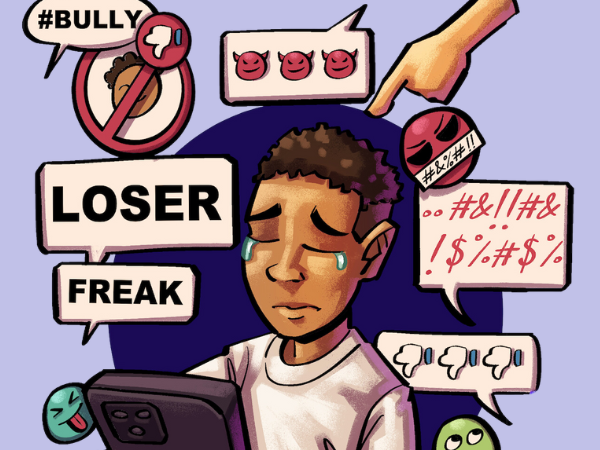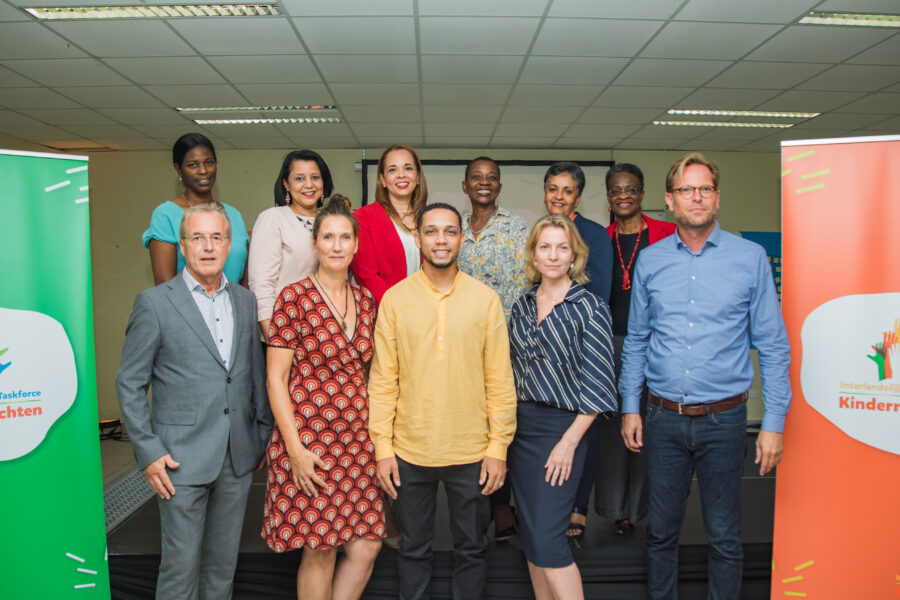*names changed to protect the privacy of the individuals involved.
My foster son, Tyler, moved into our home when he was fourteen. Coming from a difficult background, he already faced numerous challenges. Foster children, or children who have experienced trauma, exhibit certain behaviours as a result of living in “survival mode” for prolonged periods. In my opinion, I think Tyler’s most significant challenge is his lack of confidence.
His insecurities may have made him an easier target for exploitation.
When Tyler moved in with us, we had to set new boundaries as a family. One of these was that he was allowed to have a phone but that we were allowed to monitor it. We explained to him that this was for safety reasons. We did not check his phone often, but after he turned fifteen (15), Tyler started to display more ‘sneaky’ behaviour with his phone usage. So, my wife asked him if she could see who he was talking to online.
While going through his messages, my wife saw that he was talking to a girl that we recognised from our community.

However, the name that she was using was not her name. She was also only twelve, so this raised some alarm bells. Upon further inspection of the type of conversation, we noticed that the conversation had quickly turned romantic. She called him her boyfriend and sent a lot of love and heart emojis.
Then the conversation got sexual, and she promised to send him nude photos if he sent her nude photos first.
Initially, our son googled a photo and sent it to her, but she noticed and demanded a ‘real photo’. He proceeded to send her photos of his private parts, as she requested. She sent him a fake photo back. It started becoming obvious that this was a fake profile.
Upon further discovery and conversations with Tyler, we saw that the girl using this fake profile often threatened to break up with him if he did not ‘comply’ with her demands. In the meantime, over a video call, Tyler, who thought he would finally meet his girlfriend, met her ‘cousin,’ a young man around 19. This cousin told him that Tyler’s ‘girlfriend’ was shy but that she wanted more naked photos. Tyler, now suspicious, proceeded to tell him that he “doesn’t like boys”.
Since this video call, this young man reached out to Tyler via his profile several times, trying to convince him to send compromising photos.
Tyler blocked the fake profile, realising that his ‘girlfriend’ was likely not real.
After realising Tyler had been a catfish victim and sent compromising photos, we went to the police station. It was not a good experience, as instead of focussing on the fact that Tyler had been targeted and taken advantage of by an adult, they just wrote it off as ‘two young men having a homosexual interest in each other, and the parents being upset’. On the contrary, our concern was not what his sexual orientation was – we cared that someone fooled a minor into sharing child pornography.
Aside from how Tyler was affected, the young girl whose photos were used to create the fake profile was also harassed as a result. After talking to her parents, we learned that this 12-year-old girl was approached by boys in church, her school, and on the road, as they presumed to know her through the fake profile. One boy approached her and said: “Where is all that energy you had online?” Imagine the types of conversations the catfish had with several younger boys using her images. She and her mother also filed a report at the police station.
Through the real ‘cousin’ profile the catfish used, we identified who the young man was. We contacted the prosecutor’s office with this information. They pushed the detectives to investigate further. Tyler was invited to an interview. However, this was, unfortunately, again a bad experience. Instead of understanding Tyler’s experience and treating him like a minor and a victim, it felt like they interrogated him. After this, they also held on to Tyler’s phone as evidence for several months, which you can imagine feels like punishment for a teenager.
It has been almost six years later, and no update has been given regarding this investigation.
Tyler was previously assaulted while in foster care. This experience further traumatised him and exacerbated his insecurities. Following the catfishing incident, he tended to react defensively when a male showed affection. For example, if his brother tried to hold his hand, he would overreact and yell: “I am not gay!”. He continues to see a counsellor to help him work through his trauma.
After the incident, we had many conversations with Tyler and used it as a teachable moment. We did not bar him from social media. Years have passed, and he is now an adult. Tyler still forwards me posts or messages sometimes if he feels pressured into an uncomfortable situation, or if he is unsure whether they are real, or how he should respond. I am happy we have cultivated this trust with him over the years.
As parents, we need to be aware of the realities that our young people face. Teenagers are curious, are exploring their sexuality, and won’t always adhere to your rules. So, it is important to be aware of their activities offline and online.
When we were teenagers, it was much easier for our parents to keep tabs on who we were hanging out with.
On WhatsApp, there are huge chat groups in which adults can easily pretend to be youngsters and engage in grossly inappropriate exchange of content and conversations. There isn’t always a way to verify who people are. Platforms such as Snapchat and Discord are easy to misuse as well. For example, thousands of reports have been made about a scam on Snapchat. A suspected child pornography ring uses imagery and videos of young girls to trick young boys into sending nude photos.
So, as a parent, you must educate yourself about these platforms. Yes, there are also parental controls you can use – but the most effective preventative measure is always building an open and trusting relationship with your child. Discuss the dangers they can face online and explain that they should not believe everything they see or who they “meet” online.
(Editor’s note: The views and opinions expressed in this article are those of the speakers and do not necessarily reflect the opinions or positions of Growing Up Safe Magazine.)








Sign up